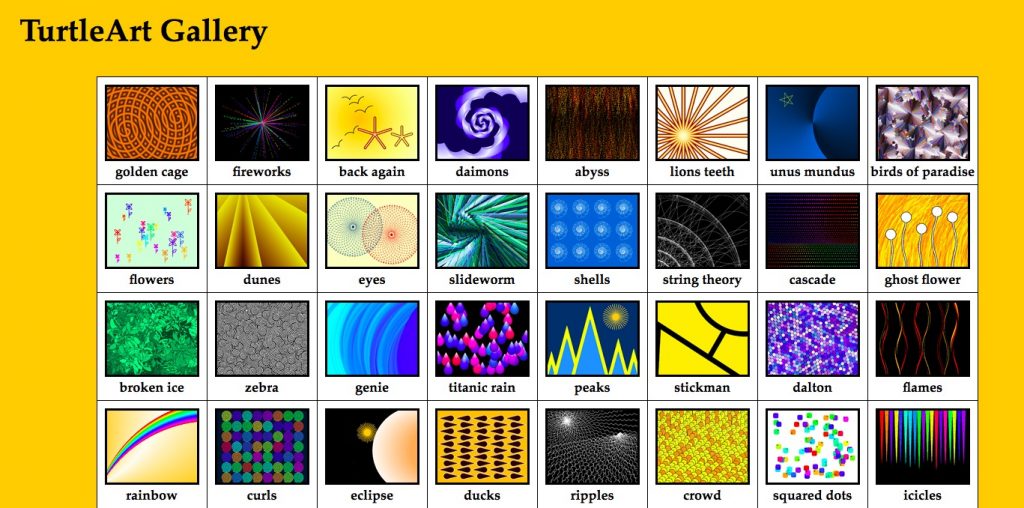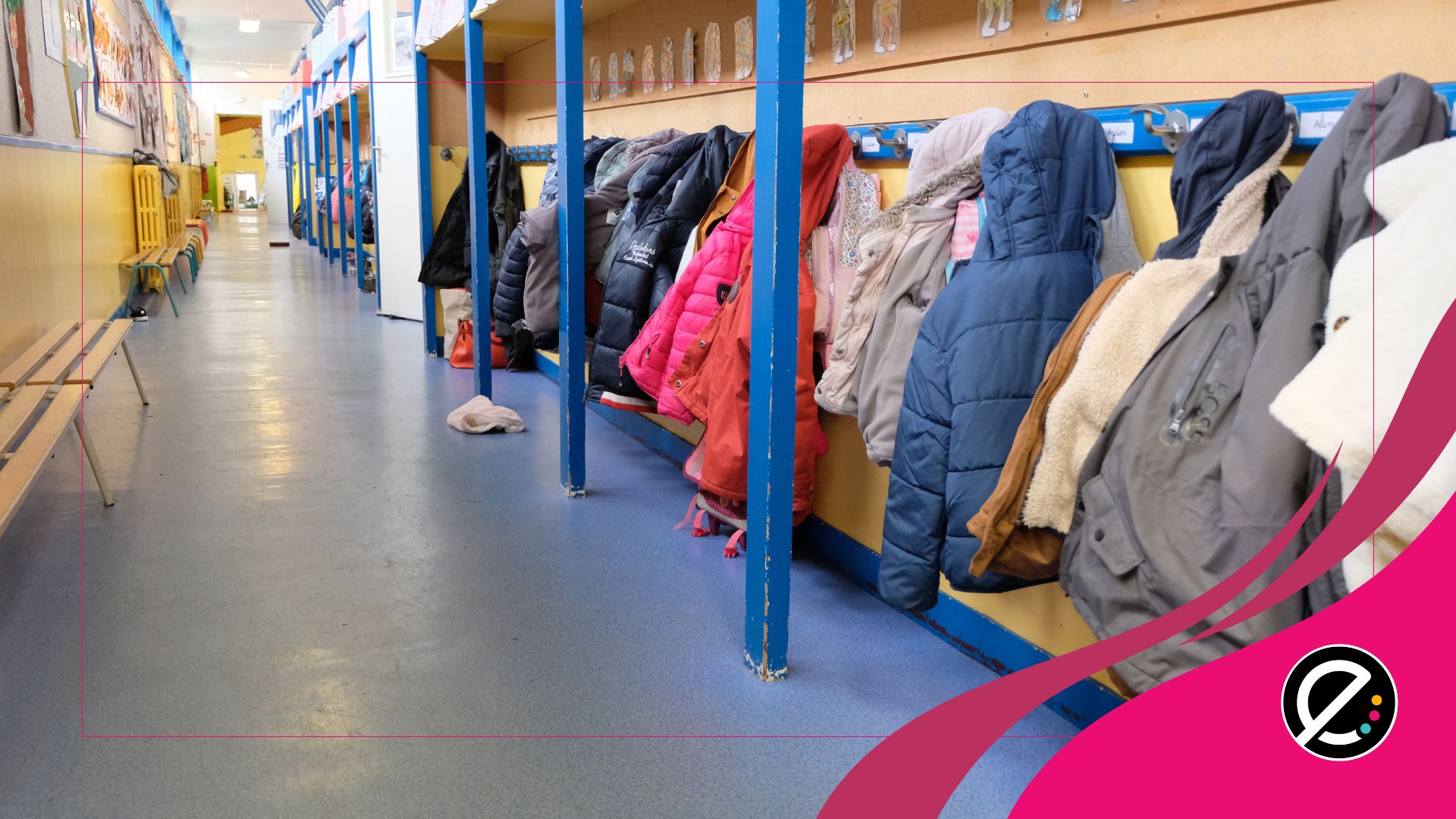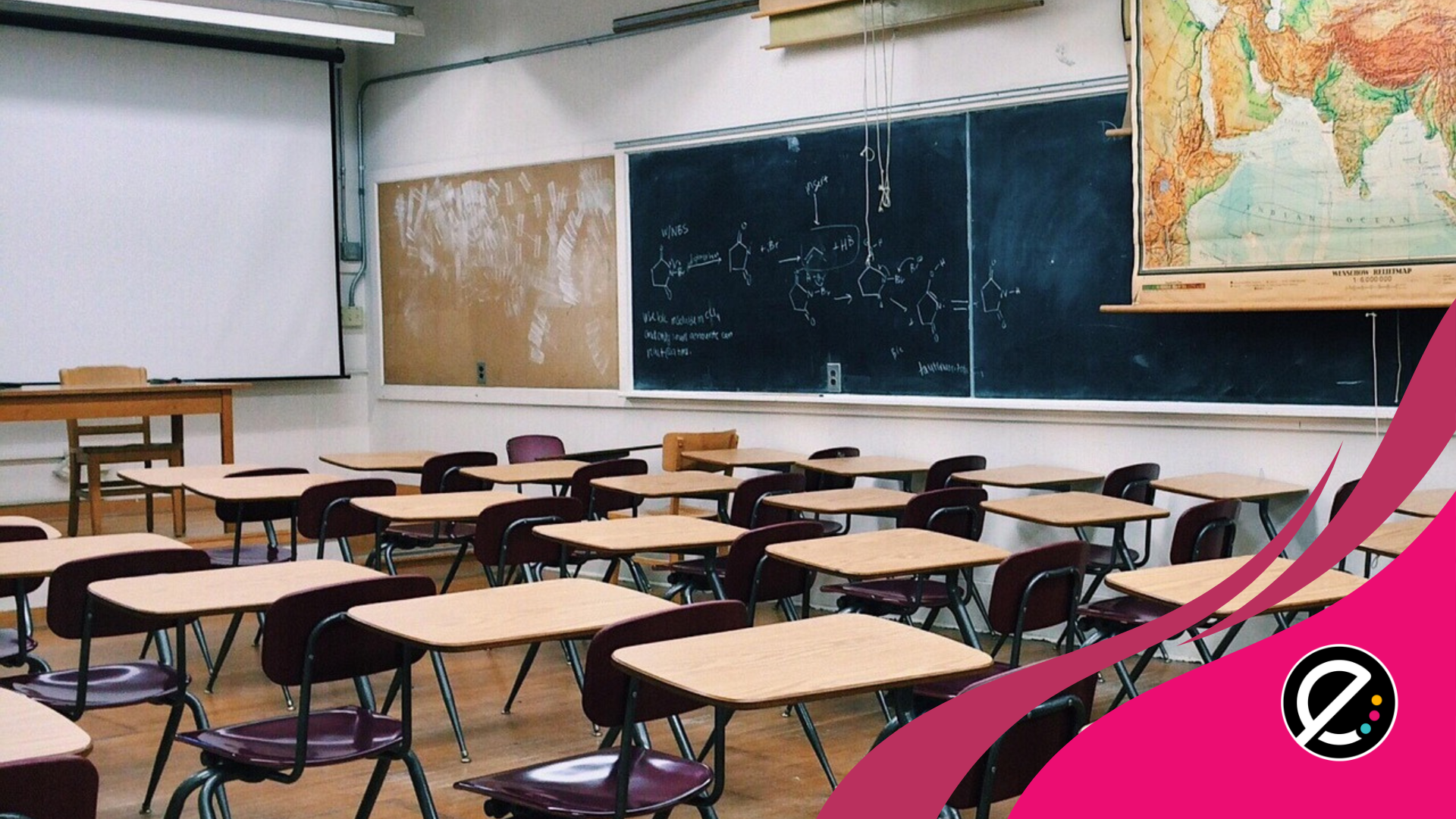RemixEd / EdCamp Montréal 2017 a notamment permis de rencontrer Artemis Papert et Brian Silverman, en plus de découvrir le logiciel TurtleArt.
Le 30 septembre dernier s’est tenue la journée RemixEd / EdCamp Montréal 2017, une non-conférence bilingue. En ouverture, Artemis Papert et Brian Silverman ont partagé leur conception de l’éducation par une présentation bilingue.
Les personnages Artemis et Brian sont à l’image de ce dont rêvent les enseignants quand ils cherchent à développer les compétences du 21e siècle chez leurs élèves. Ils ont en effet su développer plusieurs facettes de leur personnalité respective.
Artemis Papert est l’artiste en résidence à la Playful Invention Company de Montréal et massothérapeute en shiatsu. Son intérêt pour les médecines alternatives date de ses études en biologie en Suisse. Elle est microbiologiste de formation. En tant qu’éducatrice, elle utilise particulièrement le logiciel TurtleArt, une création de Paula Bontá et Brian Silverman, qui explore la relation entre l’art et les algorithmes. Pour elle, la programmation est son pinceau. Le programme génère le produit, mais c’est l’artiste qui prend les décisions artistiques, dit-elle.
Brian Silverman est un montréalais d’origine qui a étudié au MIT dans les années 1970 où il a participé entre autres à l’invention d’environnements d’apprentissage pour les enfants. Son travail comprend des dizaines de versions de Logo (y compris LogoWriter et MicroWorlds), Scratch, LEGO robotique, TurtleArt et le PicoCricket. Brian est chercheur-conseil au MIT Media Lab et a les mathématiques récréatives comme passe-temps. Il est informaticien et adore bidouiller. Il a aussi inventé plusieurs règles bien connues, dont Brian’s Brain dans le domaine particulier des automates cellulaires.
Bref, des personnages hors norme. Des pionniers dans l’introduction des jeunes à la technologie Ils appartiennent à la tradition constructionniste de Seymour Papert, décédé en juillet 2016, un être à l’intelligence remarquable par son étendue et sa créativité, qui a laissé sa marque dans trois domaines distincts :
- l’étude de la façon dont les enfants appréhendent le monde dans lequel ils vivent;
- le développement de l’intelligence artificielle;
- l’impact des technologies numériques sur l’apprentissage.
Quel que soit leur âge, les enfants comme les adultes devraient utiliser leur intelligence lors du processus d’apprentissage. Les élèves doivent pouvoir travailler à des projets qui offrent un grand éventail d’expériences à partir de questions ouvertes. Les systèmes d’éducation actuels demandent de préciser les projets auxquels travaillent les élèves, définir ce qu’ils doivent apprendre et aussi pouvoir mesurer les résultats de ce travail par des évaluations.
L’apprentissage n’est pas un escalier que l’on monte : « Learning does not happens at the next level of the next game », dit Brian. On réussit rarement du premier coup. Il faut plus d’une fois remettre son ouvrage sur le métier et corriger une erreur ici, une autre là. Une approche qui, malheureusement, est loin d’être acceptée dans le sérieux monde adulte où l’efficacité consiste à réussir du premier coup, à tous les coups.
Art et programmation avec TurtleArt
TurtleArt est un logiciel qui permet de faire des activités où une tortue graphique dessine instantanément les images créées à partir de blocs de programmation visuels. Il a été présenté lors de cette journée RemixEd et a réellement su capter l’attention des gens sur place.
Les élèves apprennent à suivre une série d’instructions qui permettront à la tortue virtuelle de dessiner. Dans un premier temps, ils apprennent à prédire quel sera le comportement de la tortue en fonction des instructions. Ils comprennent le concept de programmation. Puis, ils apprendront à organiser les instructions efficacement et développeront des projets de plus en plus créatifs.
Le langage de programmation de TurtleArt est simple et facile à utiliser. Il donne aux élèves accès au raisonnement mathématique, à la résolution de problèmes, au calcul, à la mesure, à la géométrie et à la programmation pour créer de belles images.
Pour explorer le logiciel, on peut utiliser ce guide pédagogique en anglais pour les élèves du troisième cycle du primaire.






